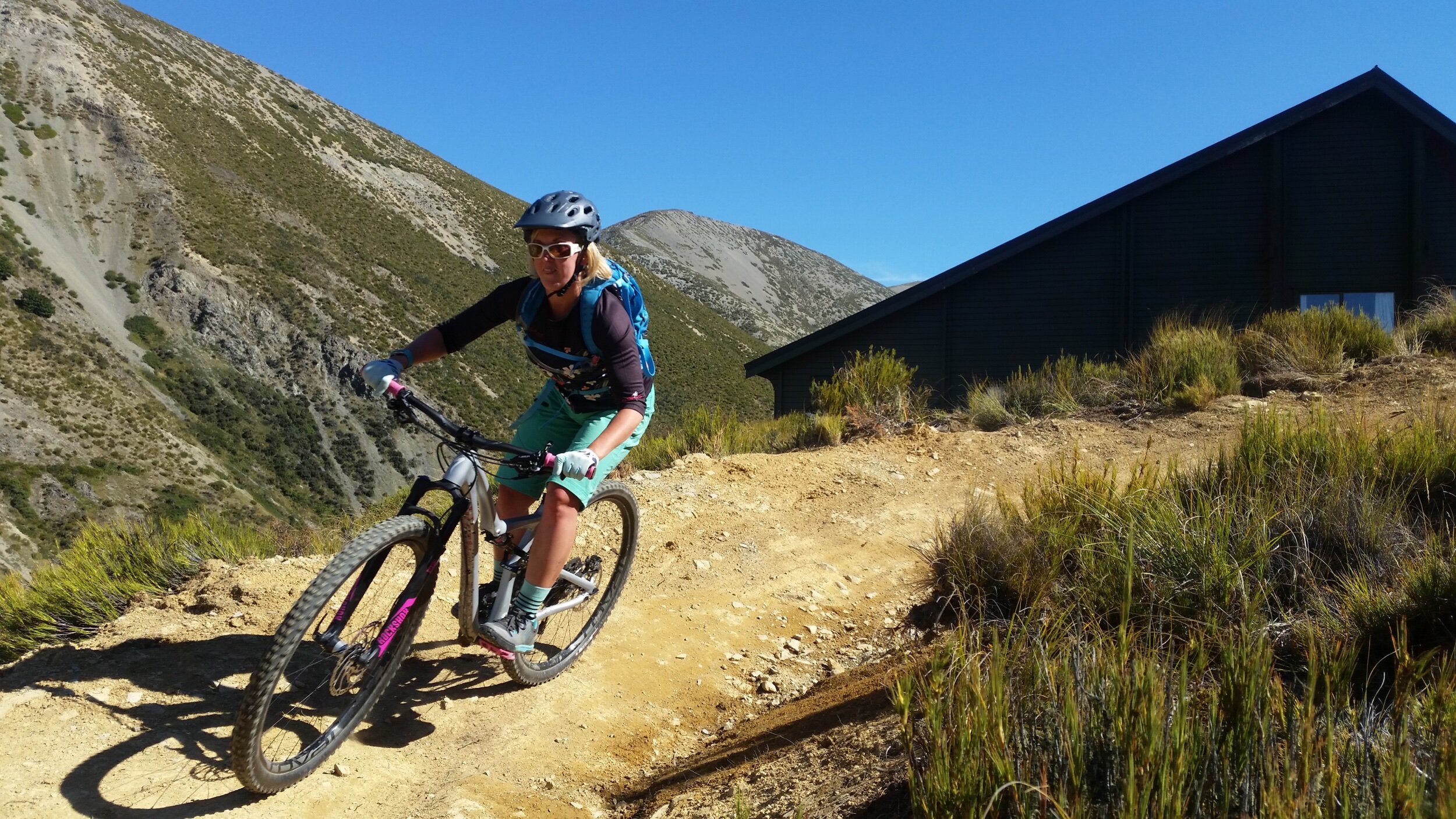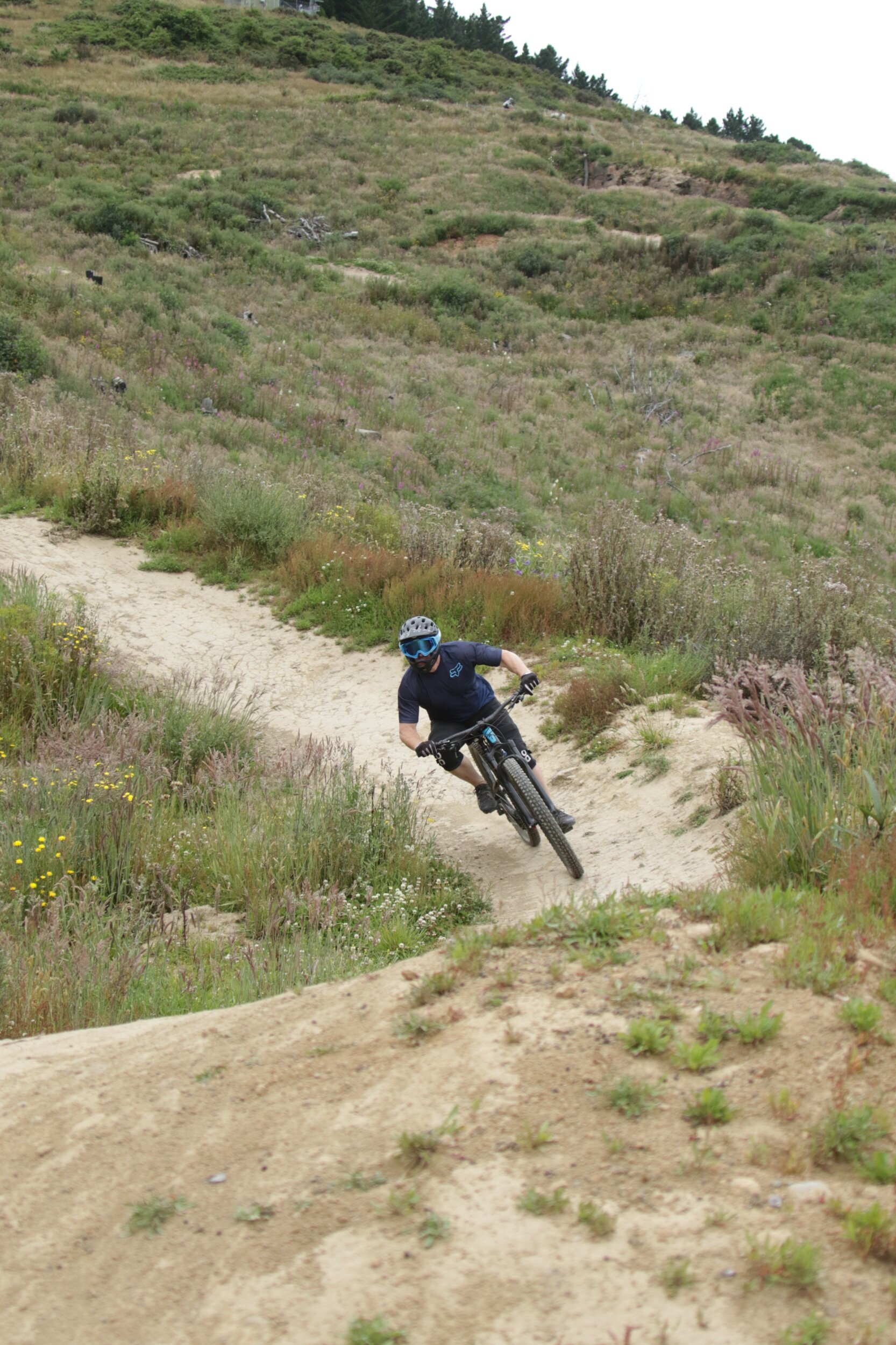Fast rolling or just low grip? Are women being short-changed by the marketing hype in this most critical of areas on their bikes?
They sound appealing, don't they? Low resistance, fast rolling tyres. I mean, who doesn't want to go faster for relatively little effort? Nobody likes the idea of dragging rotating boat anchors up the hill on their bike. Except what goes up, must come down.
Louise, a participant in a recent skills clinic, offers a great example of why we have a rule around tyre type for the clinics (specifically, no semi-slick, fast-rolling type XC tyres; though we don't turn anyone away who arrives at a clinic with such tyres fitted). Louise, like many, started the day lacking in confidence, but soon proved to be a very strong and capable rider. In the dry and loose conditions in Victoria Park, her "fast rolling" tyres had almost zero grip. No grip when trying to power up over a small rise. No grip under brakes. No grip whilst turning. You could imagine what that was doing to her confidence.
I made a specific tyre recommendation to Louise, which she took to her local bike shop. I honestly wasn't particularly shocked to learn that a staff member in this store questioned why she would want to take off the lighter, faster tyres, and replace them with heavier, slower tyres. Fortunately Louise stuck to her guns, got the tyres with better grip fitted, and recently reported that she was no longer sliding in corners on down stop banks. Yes, they were heavier tyres (probably twice the weight), and yes, she could feel them. But her legs will get stronger, and she'll build fitness to compensate for the additional weight. What you can't build, however, is increased confidence if you constantly feel like the bike is about to disappear from underneath you.
As in many areas in life, equipment choice on mountain bikes is always about compromise. There are pros and cons to everything. One person's "light and lively" bike is another person's "twitchy and unstable." There's no doubt that a big benefit of thin casing, light weight tyres is that they accelerate faster and are less fatiguing if you are out riding for six hours at a time. But I feel these benefits are being marketed to women as a major 'feature and benefit' of their bike without the providing the cons for balance.
Aside from the aforementioned lack of grip and thus lack of control from lighter tyres, their thin side walls make them much less supportive, especially in steeper or more variable terrain, and as well, more puncture prone. Conversely, thicker casing tyres with more knobs and thus more grip, are indeed heavier, and compared to their thinner cousins, will feel much less like a road tyre and more like a mountain bike tyre. They will offer more control for climbing, cornering, and braking. More control = more predictability = more confidence.
Their thicker casing is less likely to 'squirm' (deform) when being pushed hard, such as might happen when cornering downhill, or hitting lumps and bumps at higher speeds. The thicker casing means you can also run the air pressures much lower, gaining more grip, with a much lower puncture risk. There is also an element of additional vibration dampening from these tyres.
Overall, given all of the above, as well as the highly variable conditions we have here on New Zealand trails, my advice would be to take time to consider the tyres you have on your bike (or future bike if you are in the market), and to not be swayed by such sales speak as "light", or "fast rolling" without considering the down sides. Those two small patches of rubber you have in contact with the ground are highly influential in determining the quality of your ride, and in the grand scheme of things, are an easy and relatively cheap (compared to other equipment items) change to make.
Note these are the opinions of the author
Written by Jamie Scott
Christchurch, New Zealand
February 2020



